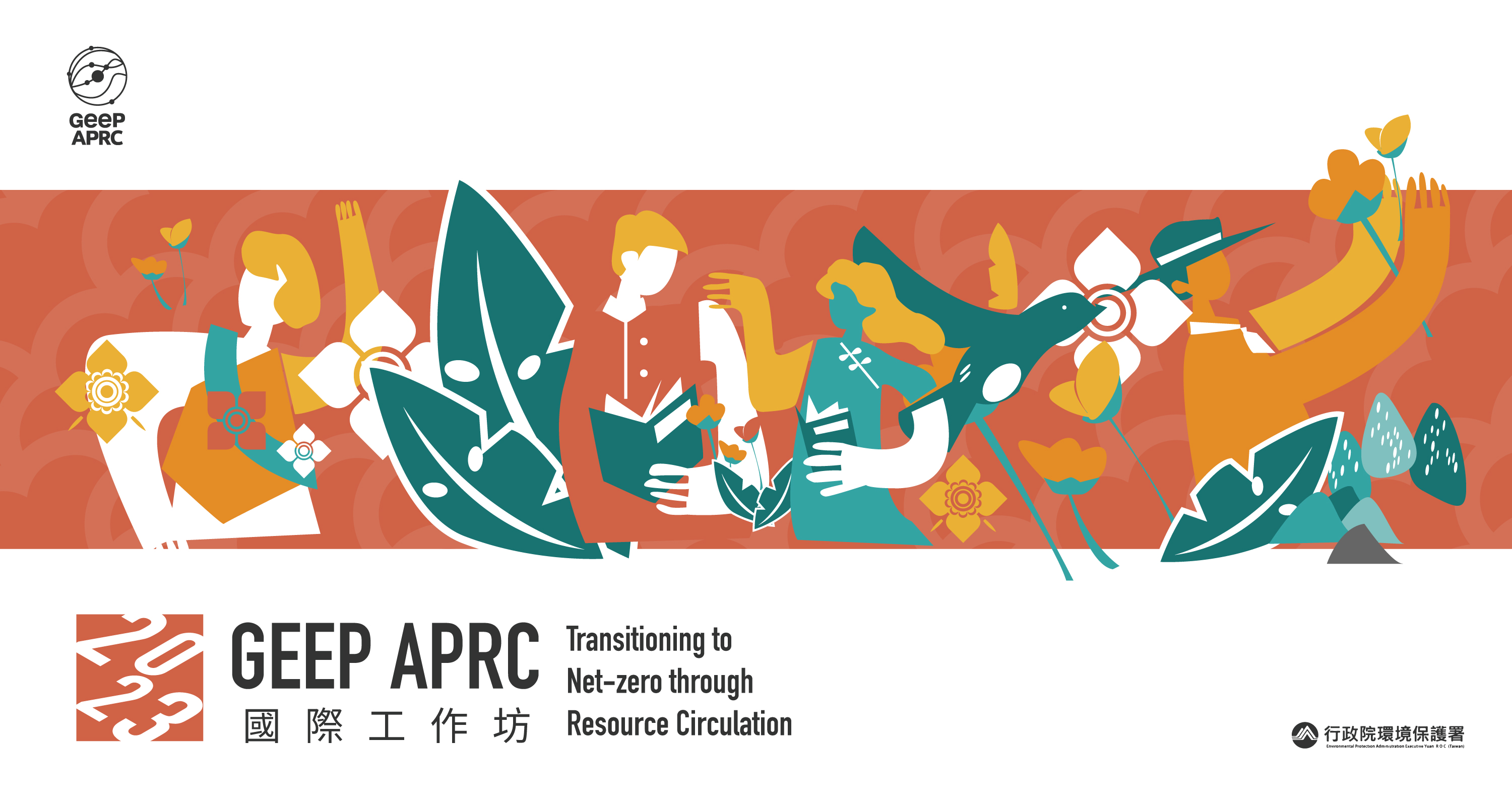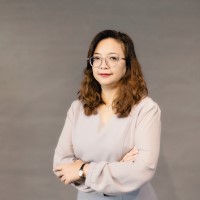
Crab Bank: Strategy for the Restoration of Fishery Resources in Thailand
The importance of the Blue Swimming Crab
Blue Swimming Crab (BSC) has been regarded as one of the economic aquatic species of Thailand in both fresh and processed products with high domestic and international market demands because of good taste and texture. From the production by species for whole marine fishery (including coastal culture) of Thailand during 2015 - 2019, BSC increased from 22,400 tons in 2015 to 31,200 in 2016, 28,900 in 2017, 26,400 in 2018, and 40,000 in 2019. (Department of Fisheries, 2019) Moreover, the value by species for whole marine fishery (including coastal culture) of Thailand during 2015 – 2019, BSC increased from 3,793.0 million baht in 2015 to 5,453.1 in 2016, 4,980.2 in 2017, 5,398.4 in 2018, and 8,034.2 in 2019. (Department of Fisheries, 2019)
According to the increasing demand of consumption and decreasing numbers of BSC, the community leader of Somboon Beach, Surat Thani Province said that fishermen had to catch BSC further in the sea that meant they had to spend more oil expenses and more time. Therefore, he thought about crab bank that he used to read from the book. (Brainstorming, 2023) Crab Bank is the method that fishermen catch gravid female crabs in the in rearing condition, allowing them
to spawn and then releasing the zoea and young crabs back to the sea. The culturing method used by the crab bank has improved the survival rate of young crabs from just 1% normally to between 40% and 60%. That has helped boost the depleting blue swimmer crab population and ensure healthy marine crab stocks as well as the livelihood of local fishers. (Chulalongkorn University, n.d.; USDA Foreign Agriculture Service, 2018)
The Blue Swimming Crab Bank at Somboon Beach, Surat Thani Province
The Blue Swimming Crab Bank at Somboon Beach, Surat Thani Province was founded around 2016 after the fishermen realized that the population of BSC decreased and they had to do something because during that time they had to go fishing further than that in the past time, and sometime had to go to other province territorial waters. Some fishermen and family members said, they had 2 houses, 1st house at hometown and 2nd house at the province that they went fishing. The effects were the increase of family expenses and distance of family members. (Brainstorming, 2023) After the difficult situation, the community leader thought about crab bank that he used to read from the book, then tried to contact and consult with an academic from Walailak University which is the government university that is located in Nakhon Si Thammarat, the Southern part of Thailand. Therefore, the BSC bank at Somboon Beach started by assistance
of the university academic.
At the beginning, 12 people gathered to establish BSC Bank while other community members doubted that it was not able to increase numbers of BSC. Because of uncertain situation, Mr.Piya Sie Eia - the community leader or now called ‘Chair of Somboon Beach BSC Bank Group’ had to pay by himself at that time. As the time passes, the population of BSC increases continually, fishermen can catch BSC from 2 kilograms per day to 10 kilograms per day. The more population of BSC it has, the more cooperation with community members and networks they have. (Interview, 2023)4 Mr. Piya Sie Eai said ‘...each female BSC can provide a million of crab larvae, this means BSC bank restores natural resources and helps community people...’. In addition, Somboon Beach community founded ‘BSC Learning Resource’ that interested persons
can learn BSC life cycle, BSC Bank project, fish raft, and also fish house which is a habitat for BSC, fish and shellfish.
To support BSC Bank, female community members established community enterprise two years ago to raise money for home expenses and support BSC Bank activities. The community enterprise sells fresh BSC, fish, shellfish and other seafood, and also sells processed seafood that comes from their own kitchen such as dried fish, frozen seasoned fish, chili paste, and fish crackers both at the market and online channel. To run the community enterprise, the members learned how to cook from their parents and teachers from Department of Learning Encouragement, Ministry of Education, Thailand with support of PTT Exploration and Production Public Company Limited (PTTEP). PTTEP not only supports the processed seafood production but also the enterprise model, distribution model, accountant and other necessary knowledge and skills. Today, although the profit from the community enterprise is not much, but it can cover house expenses of members and rate of return higher than bank deposit interest rates.
The Blue Swimming Crab Bank and SDGs
During 25-27 July 2023, IHPP, SDG Move with TSRI and partners organized ‘SDG Localization’ activity, that scholars used SDGs mapping to encourage community people to map BSC Bank with Sustainable Development Goals (SDGs). The results of the activity will be presented at the national platform in December 2023 in Bangkok, Thailand.
The community members hope that in the future, BSC Bank, Somboon Beach will be one of the Eco Tourist-sites of Thailand, and will have ‘Sea People School’ that maintains valued knowledge about local fishing and encourages a new generation to inherit the local wisdom and restore the natural resources for sustainability.
Blue Swimming Crab (BSC) has been regarded as one of the economic aquatic species of Thailand in both fresh and processed products with high domestic and international market demands because of good taste and texture. From the production by species for whole marine fishery (including coastal culture) of Thailand during 2015 - 2019, BSC increased from 22,400 tons in 2015 to 31,200 in 2016, 28,900 in 2017, 26,400 in 2018, and 40,000 in 2019. (Department of Fisheries, 2019) Moreover, the value by species for whole marine fishery (including coastal culture) of Thailand during 2015 – 2019, BSC increased from 3,793.0 million baht in 2015 to 5,453.1 in 2016, 4,980.2 in 2017, 5,398.4 in 2018, and 8,034.2 in 2019. (Department of Fisheries, 2019)
According to the increasing demand of consumption and decreasing numbers of BSC, the community leader of Somboon Beach, Surat Thani Province said that fishermen had to catch BSC further in the sea that meant they had to spend more oil expenses and more time. Therefore, he thought about crab bank that he used to read from the book. (Brainstorming, 2023) Crab Bank is the method that fishermen catch gravid female crabs in the in rearing condition, allowing them
to spawn and then releasing the zoea and young crabs back to the sea. The culturing method used by the crab bank has improved the survival rate of young crabs from just 1% normally to between 40% and 60%. That has helped boost the depleting blue swimmer crab population and ensure healthy marine crab stocks as well as the livelihood of local fishers. (Chulalongkorn University, n.d.; USDA Foreign Agriculture Service, 2018)
The Blue Swimming Crab Bank at Somboon Beach, Surat Thani Province
The Blue Swimming Crab Bank at Somboon Beach, Surat Thani Province was founded around 2016 after the fishermen realized that the population of BSC decreased and they had to do something because during that time they had to go fishing further than that in the past time, and sometime had to go to other province territorial waters. Some fishermen and family members said, they had 2 houses, 1st house at hometown and 2nd house at the province that they went fishing. The effects were the increase of family expenses and distance of family members. (Brainstorming, 2023) After the difficult situation, the community leader thought about crab bank that he used to read from the book, then tried to contact and consult with an academic from Walailak University which is the government university that is located in Nakhon Si Thammarat, the Southern part of Thailand. Therefore, the BSC bank at Somboon Beach started by assistance
of the university academic.
At the beginning, 12 people gathered to establish BSC Bank while other community members doubted that it was not able to increase numbers of BSC. Because of uncertain situation, Mr.Piya Sie Eia - the community leader or now called ‘Chair of Somboon Beach BSC Bank Group’ had to pay by himself at that time. As the time passes, the population of BSC increases continually, fishermen can catch BSC from 2 kilograms per day to 10 kilograms per day. The more population of BSC it has, the more cooperation with community members and networks they have. (Interview, 2023)4 Mr. Piya Sie Eai said ‘...each female BSC can provide a million of crab larvae, this means BSC bank restores natural resources and helps community people...’. In addition, Somboon Beach community founded ‘BSC Learning Resource’ that interested persons
can learn BSC life cycle, BSC Bank project, fish raft, and also fish house which is a habitat for BSC, fish and shellfish.
To support BSC Bank, female community members established community enterprise two years ago to raise money for home expenses and support BSC Bank activities. The community enterprise sells fresh BSC, fish, shellfish and other seafood, and also sells processed seafood that comes from their own kitchen such as dried fish, frozen seasoned fish, chili paste, and fish crackers both at the market and online channel. To run the community enterprise, the members learned how to cook from their parents and teachers from Department of Learning Encouragement, Ministry of Education, Thailand with support of PTT Exploration and Production Public Company Limited (PTTEP). PTTEP not only supports the processed seafood production but also the enterprise model, distribution model, accountant and other necessary knowledge and skills. Today, although the profit from the community enterprise is not much, but it can cover house expenses of members and rate of return higher than bank deposit interest rates.
The Blue Swimming Crab Bank and SDGs
During 25-27 July 2023, IHPP, SDG Move with TSRI and partners organized ‘SDG Localization’ activity, that scholars used SDGs mapping to encourage community people to map BSC Bank with Sustainable Development Goals (SDGs). The results of the activity will be presented at the national platform in December 2023 in Bangkok, Thailand.
The community members hope that in the future, BSC Bank, Somboon Beach will be one of the Eco Tourist-sites of Thailand, and will have ‘Sea People School’ that maintains valued knowledge about local fishing and encourages a new generation to inherit the local wisdom and restore the natural resources for sustainability.
Back to list

